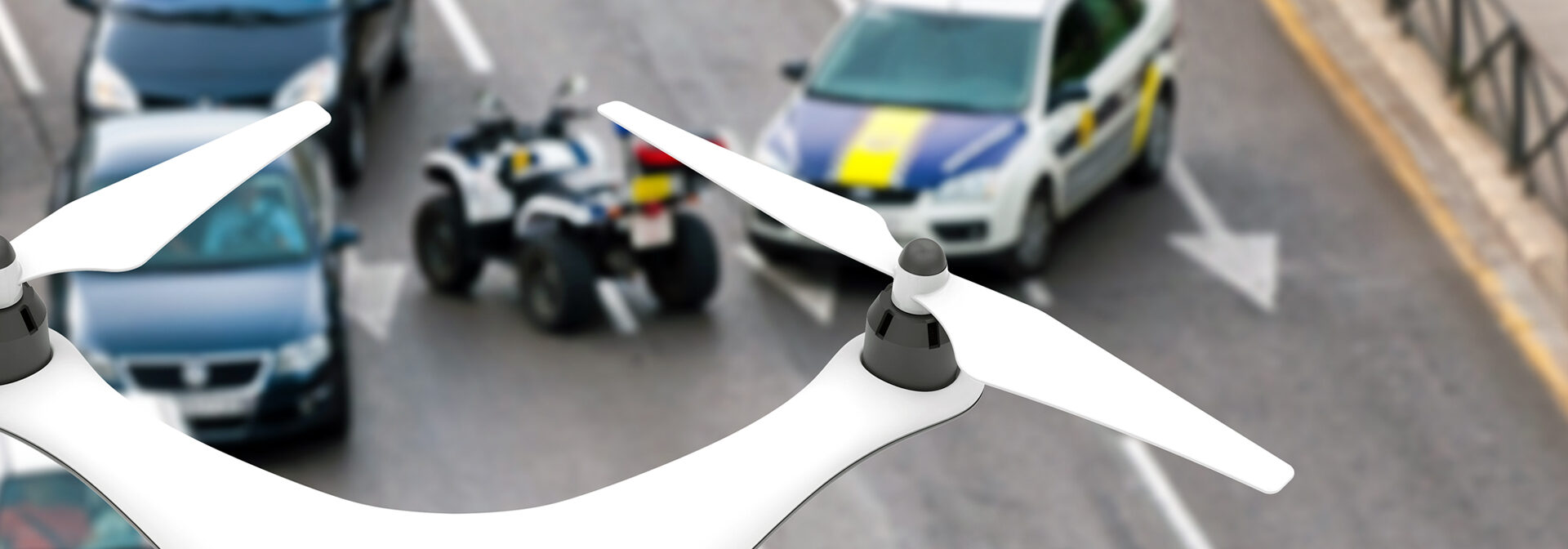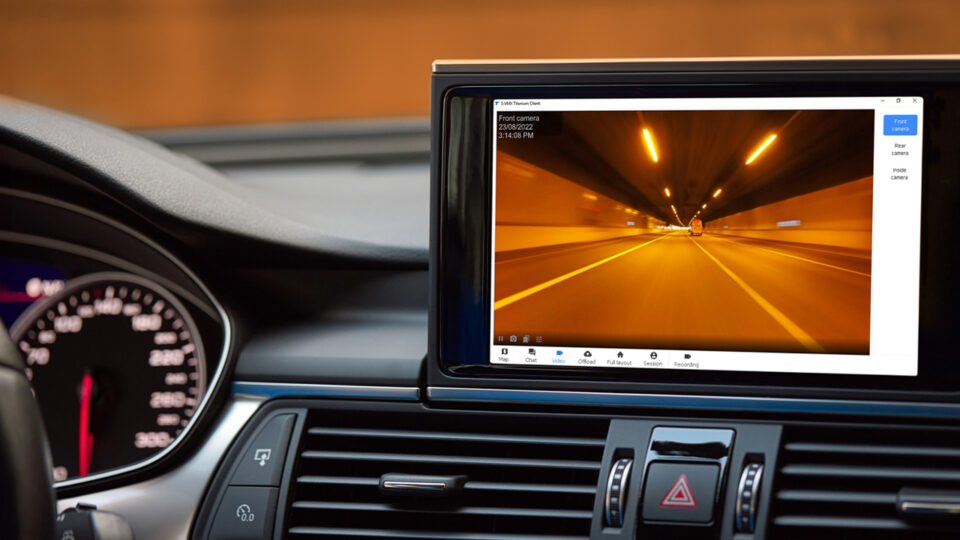
Practical perspectives to mobile video surveillance
Having built a professional career in video surveillance for almost twenty years, I have had the privilege to work in the design of city and nationwide video management systems (VMS) with several public security authorities. The largest systems consist of tens of thousands of cameras, hundreds or even thousands of operating stations, multiple subsystems, segments, and numerous users. Today, these system infrastructures are being rapidly complemented with features and functionalities designed for receiving surveillance video from the moving devices on the field and sending surveillance video to moving patrols.
Most city and nationwide video surveillance systems are complicated structures, targeted to fit to the needs and requirements of each customer and their operational environment. Succeeding in implementing systems of this scale is not an easy task, and this is even more true when incorporating mobile video sources into the infrastructure for capturing and transmitting video streams on the go.
In my new guide, I share my conclusions and learnings on how to build mobile video surveillance systems that are safe and secure, and efficiently connect the moving video sources to the main video management system. My target is to help the readers better understand the concept of mobile video surveillance and provide insight and practical knowledge on the requirements and steps to take for a successful system implementation.
While I recommend reading the entire guide for more detailed advice and reasoning, here is a brief summary of my recommendations for more hasty readers:
- When adding mobile surveillance to your infrastructure, having a unified system for accessing and controlling all surveillance cameras, whether they are normal video surveillance cameras, body cameras, vehicle cameras or drone cameras, offers clear benefits. It is also highly recommended that surveillance video can be viewed on all required clients, provided that the necessary user rights are granted.
- Your specific use case and needs should provide the foundation for your video surveillance system. In addition, the system should be easily built to accommodate and meet your requirements. This can be achieved by clearly communicating the requirements to your system provider and ensuring a system structure that is modular and federated from multiple smaller systems.
- Ensure the availability of video to all necessary stakeholders. This is an essential feature of your video surveillance system, regardless of whether the video sources are stationary or mobile (body/drone/vehicle cameras), or whether users are on the move or at the surveillance centre.
- In your video surveillance system, the user interface should also be optimised on the basis of your specific needs and the terminal devices used. The user interface should be designed to support customization for your use cases and optimisation for at least three different terminal device types to ensure high system functionality as well as easy and effective use to support your daily operation.
- Decide whether or not to go to the cloud. It is important to recognise that the cloud is not a magical solution capable of addressing all needs. In fact, a modular video management system provides most of the advantages familiar to cloud-based solutions but without their drawbacks.
- Ensure sufficient network capacity and security. For a successful outcome, it is essential to keep a few basic considerations in mind regarding network components and security. First of all, bandwidth required for large real time video systems is lot higher than for any other application, fortunately there are ways to reduce it. Secondly, but as importantly, security needs to be taken into regarding network security and confidential video information.
- There are versatile video offload methods and all of them have a role to play in how much bandwidth your system requires. Investing in thorough system design can help you tackle the challenge, and it is also absolutely important from a network security perspective.
- Consider who you can trust. Your mobile video surveillance system provider and system integrator will learn a lot about your operating environment, and especially about your network. Choose your system providers carefully and prefer those that have no ties to suspicious parties – whether companies, individuals, countries, or anyone you cannot trust.
As technologies evolve, it is easy to get overwhelmed by the possibilities they offer. However, what matters the most for the actual outcome is the comprehensive assessment of your current and future needs, as well as the costs and benefits of the options available. A successful, future-proof mobile video surveillance system fits seamlessly into your ecosystem, supports you in what you need to achieve, and readily evolves alongside your changing environment and requirements.

Mobile video surveillance in city and nationwide video surveillance systems
Our guide presents key insights and practical knowledge on achieving efficient, safe and secure mobile surveillance operations. Learn how to seamlessly connect mobile video sources as well as mobile clients to the main Video Management System!
Sami Marjoniemi
Sami Marjoniemi
I’m Teleste Video Security business Sales Director with over 20 years experience of selling state of the art technical systems and high-end Software. Since 2005 I have been privileged to be part of the development of video security industry. Together with our Team of experts, and with our Customers we are passionate. We see our duty in building smart, safe and smooth video security solutions.
Please visit my LinkedIn for more information.



